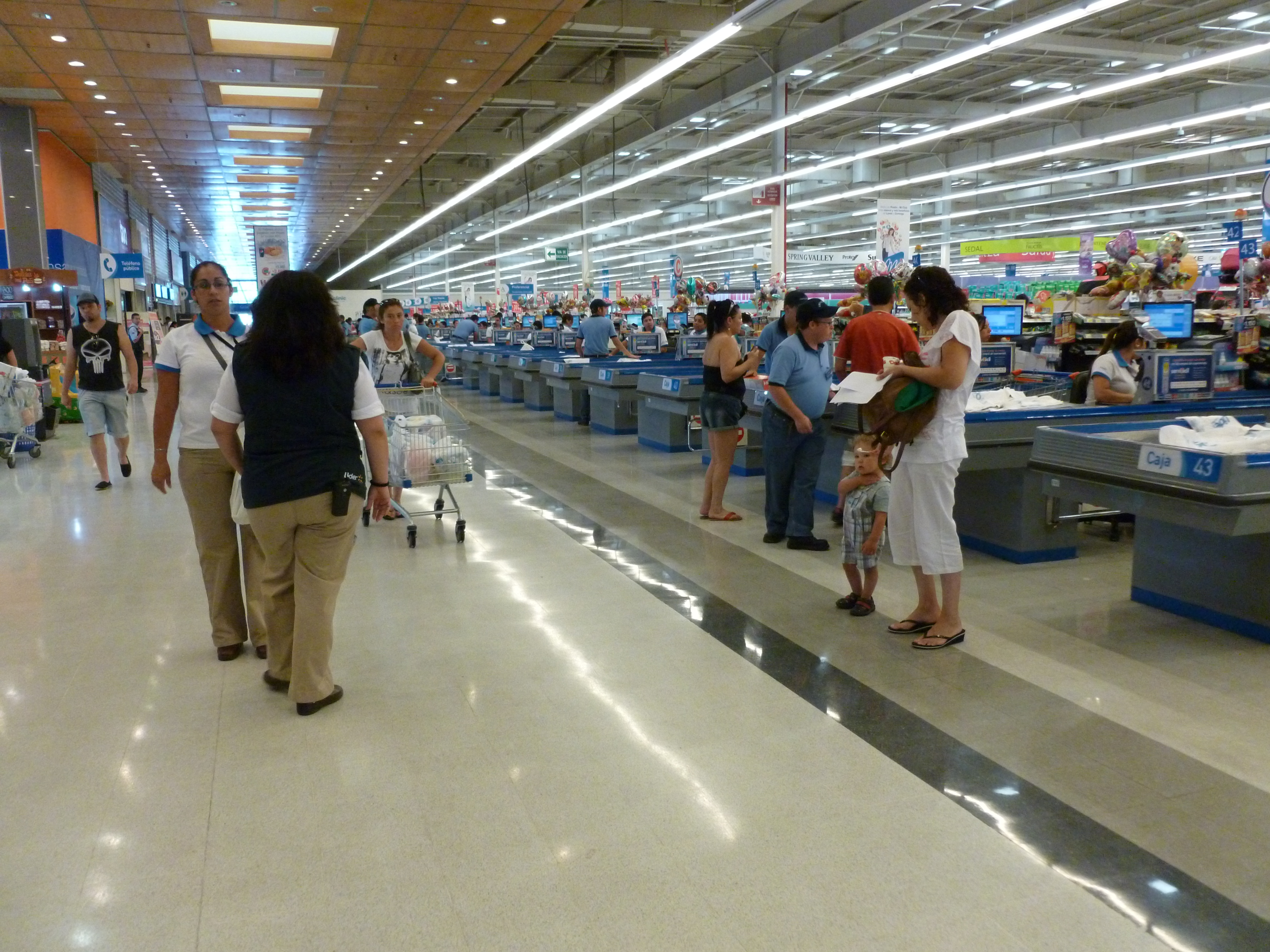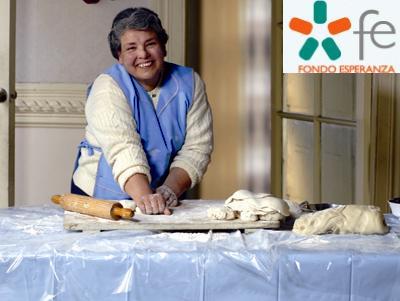Chile: Microfinance in the world's longest county
February 21, 2013
What does microfinance look like in a country that’s considered one of South America’s most stable and prosperous nations? (BBC)
That was my immediate thought when told I would be working in Santiago, Chile as a Kiva Fellow. Understanding how small loans and accessible financial resources factor into Chile’s economic environment will be my task for the next four months.
Chile may have one of Latin America’s fastest growing economies, but just 40 years ago, it was home to one of Latin America’s bloodiest coups that left more than 3,000 people either dead or missing. Thereafter, dictator Pinochet ruled the country for the next 17 years before he was arrested in 1998, on principals of universal jurisdiction for heinous crimes against humanity.

Today, Chile has a fully functioning democracy and 17.37 million citizens who, as it is so often related, are faring far better than their neighbors. With a wealth of natural resources like copper, in Chile the population living in poverty (though the government is suspected of falsification) is estimated at just 15%--compare that to 28.6 % in Peru and 51.3% in Bolivia, and you see why the country is seen as the stabilized outlier of the region. [2]
Before arriving, many travelers assured me that Chile was “the California of Latin America.” While I havn’t found that to be entirely true, Santiago is certainly a flourishing metropolitan, with as many newly constructed skyscrapers as there are Wal-Marts and Starbucks. But the city does more than just look progressive. Innovative programs like Start-up Chile have cultivated an entrepreneurial industry, while a strong bohemian culture grants the city its unique sense of charm.

Both the travel-guilds and the Chileans are quick to explain the county as “almost nearly developed”--especially free-market enthusiast President Sebastián Piñera, who’s vowed to make Chile into a first world nation before the end of the decade. [3].
Considering Chile’s GDP was $248.6 billion in 2011, or “upper middle class” as ranked by the World Bank [4], and its GDP per capita (PPP) was $17,400 for that same year, it seems such an ambitious goal could very well be reached. [5].
However, nor the politicians or the media are as eager to mention Chile’s persistent economic disparity.
Regarding Chile’s 8.4 percent growth in the first half of 2011, Gonzalo Durán, an economist and researcher at Fundación Sol, explains, “75% of that went to the richest 10%. The growth is much lower for the average Chilean.” As Duran states “[in Chile] está mal repartida la torta” (the pie is poorly distributed). . [7]
Chile may have a healthy GDP, but what that fails to tell us is where exactly economic gain is taking place. According to the World Bank, the average income of the richest 20% was 13 times that of the poorest 20% in 2009. [6] Because a GDP is reached by collecting national averages it easily conceals economic inequalities.
Furthermore, while observing the results from a 2009-2010 ‘National Survey on Work Conditions, Equality, Jobs, Health and Quality of Life of Chileans Workers’, Durán analyzed that 76% of Chileans make less than 350,000 pesos per month, or USD 700; 90 percent of working Chileans make less than 650,000 pesos per month, totaling USD 1,300. In other words, in a country where the cost of living is higher than any other in Latin America, nine out of ten workers in Chile make less than the average minimum salary in developed countries. . [7]
Chile’s economic conditions are as complicated as the country is long—all 2,700 miles. However, it’s apparent that economic inequality is prevalent and with that comes the need for microfinance.
There are seven major Microfinance Institutes in Chile, but only one that has received a five-diamond rating by MixMarket.org—Fondo Esperanza. Here loans averaging around $500 and are focused toward female entrepreneurs, usually in the form of groups lending. Additional services, such as financial literacy and business training, community building and domestic violence prevention, are of top priority.

Fondo Esperanza is also where I will be stationed for the next four months, learning about Chilean microfinance first hand, it’s potential, it’s drawbacks and it’s successes…..
PREVIOUS ARTICLE
Introducing Timor-Leste →NEXT ARTICLE
Passport Series: Kiva success stories from the heart of Tajikistan →













